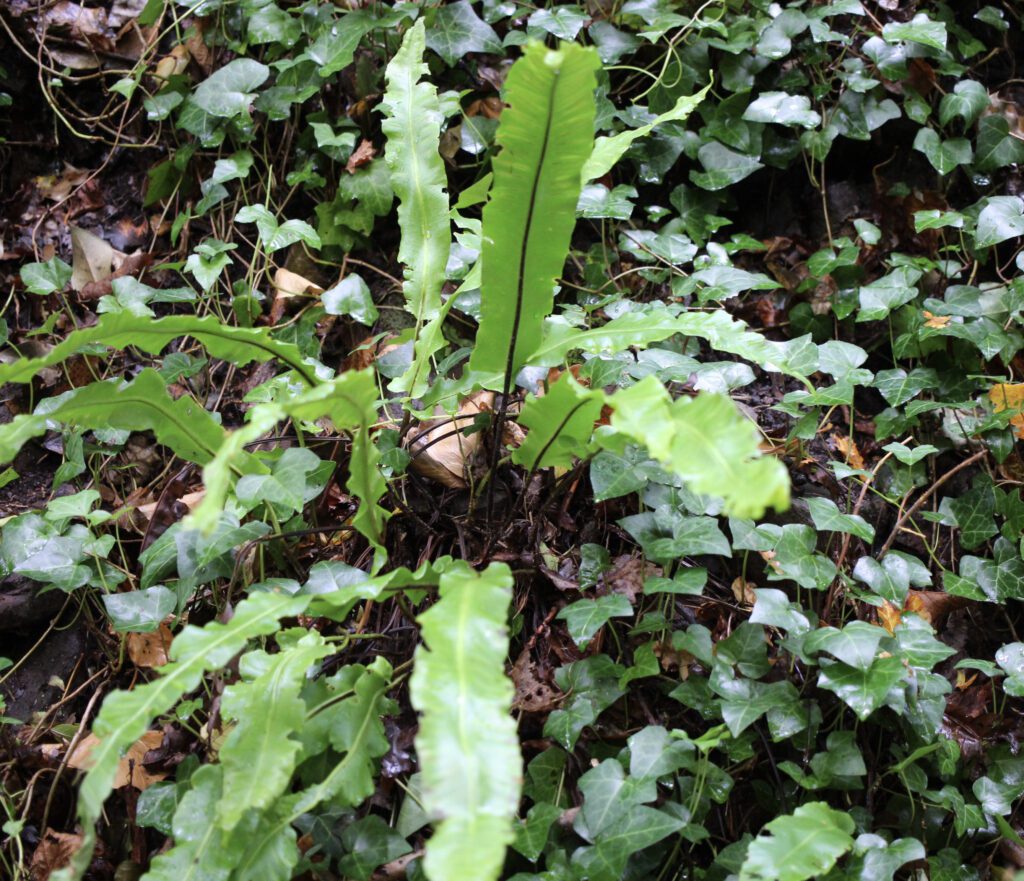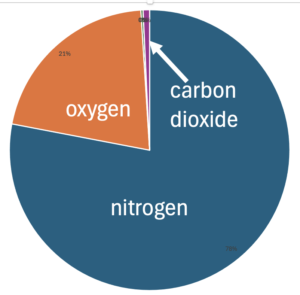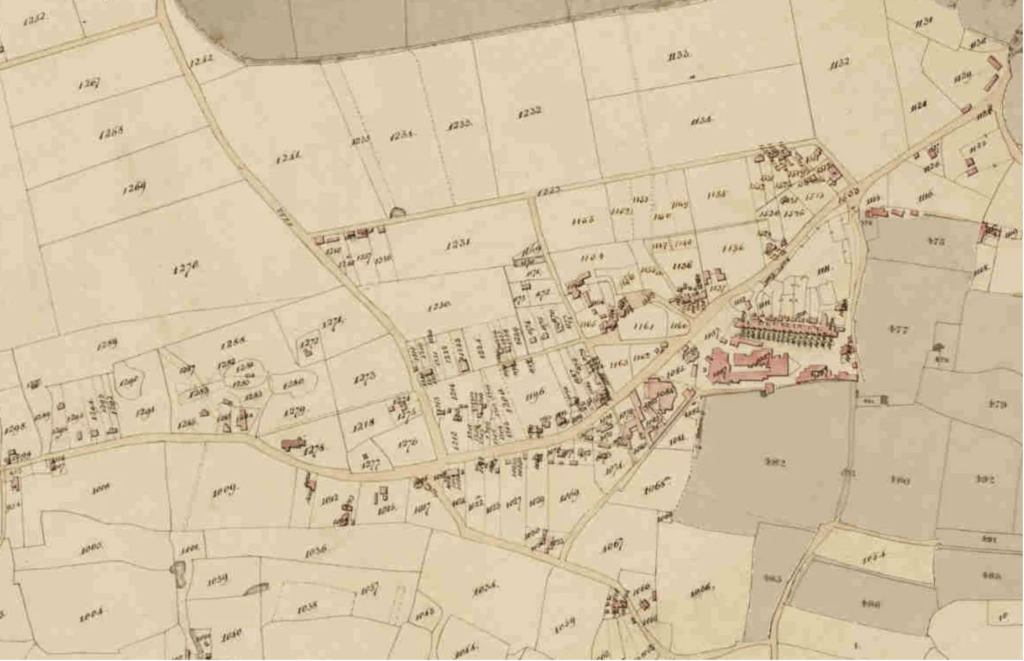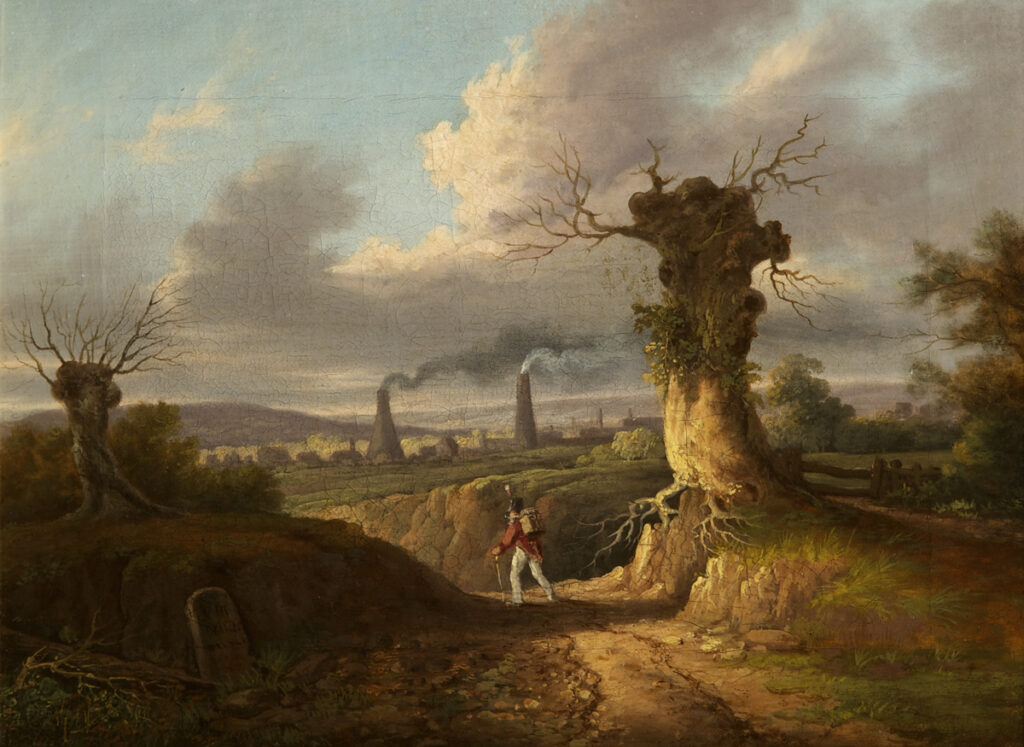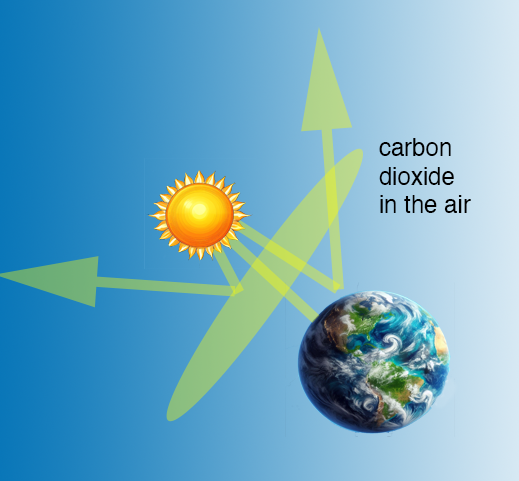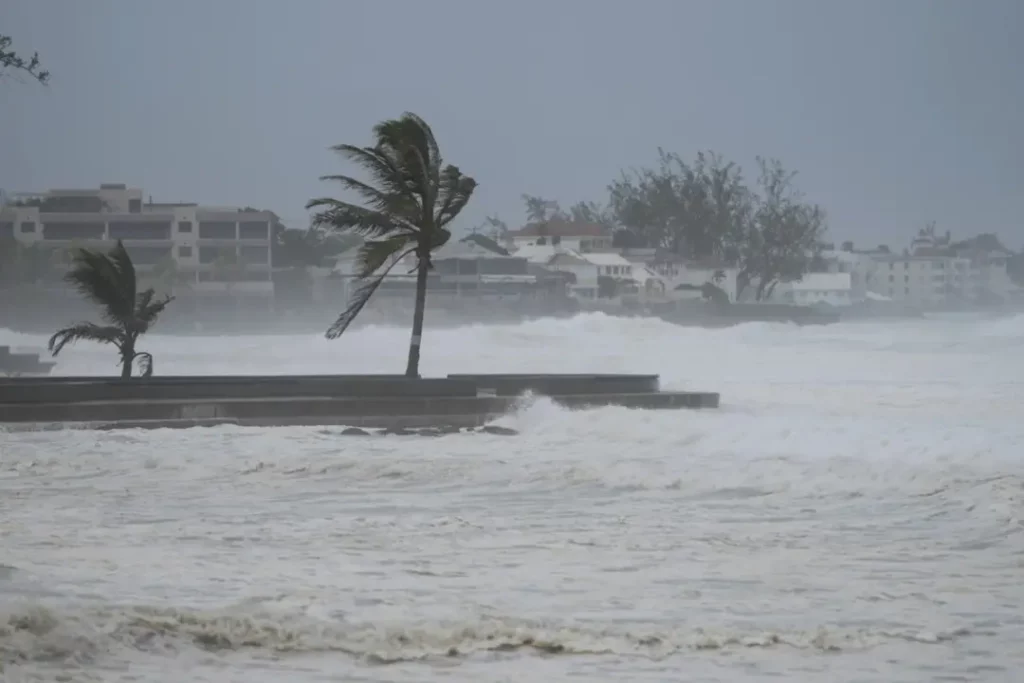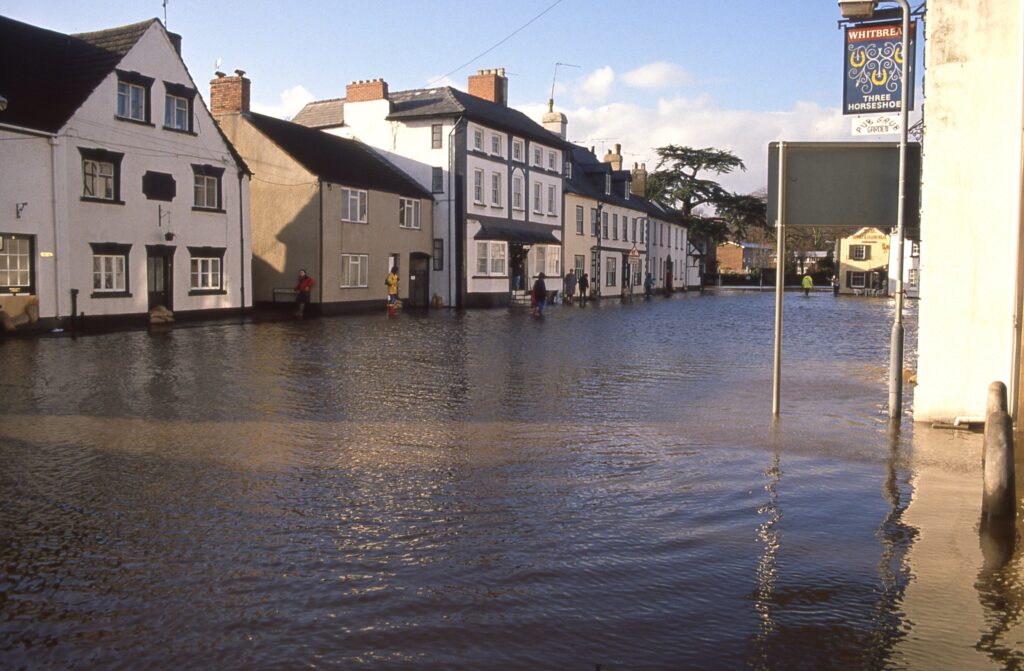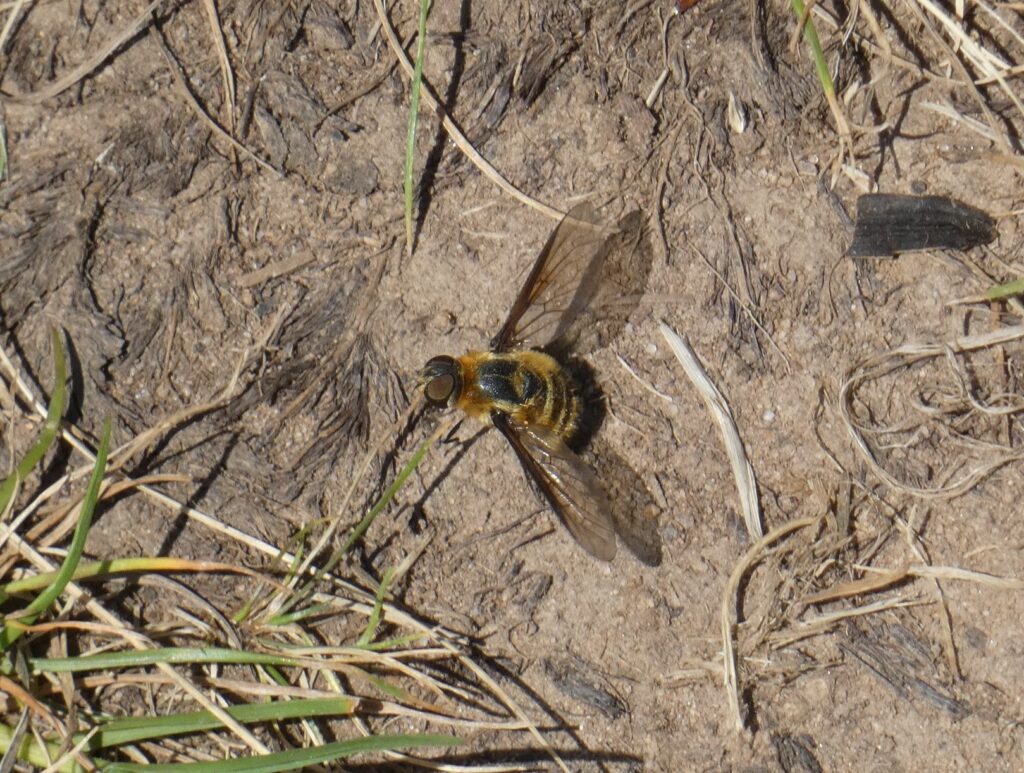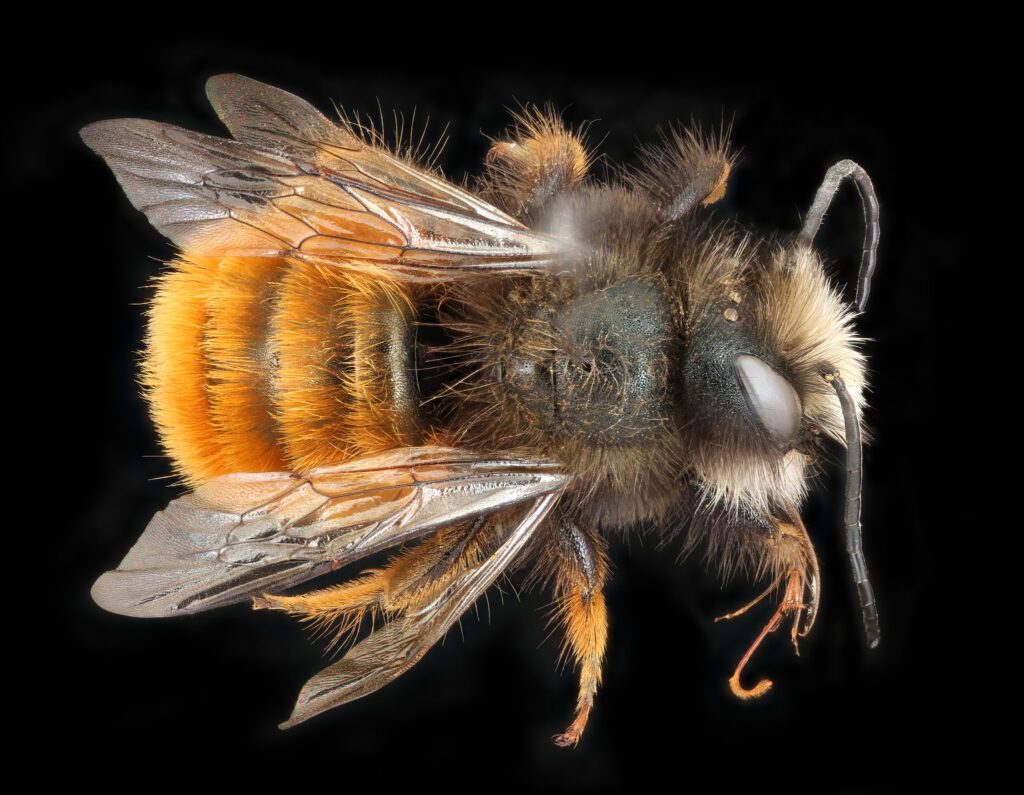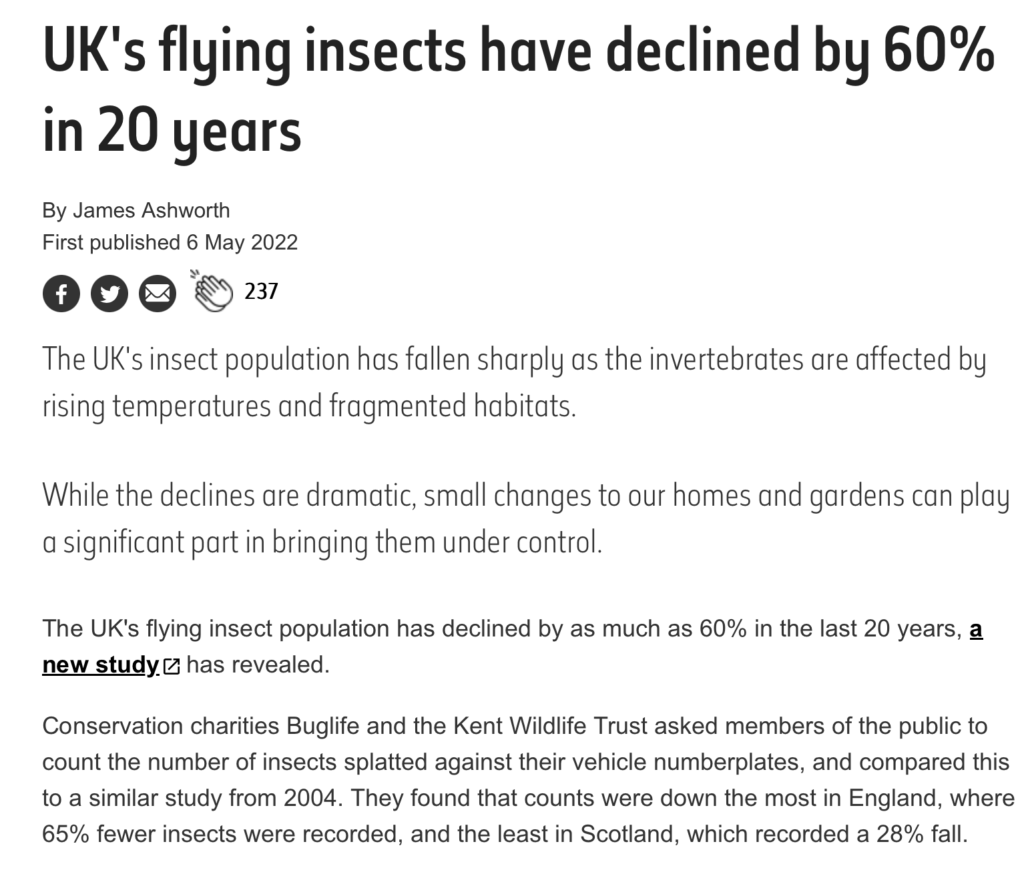Nowhere Wood has a weary silence, as the heat stifles its life. It is ready with its autumn plans, which cannot start until it rains.
Rain, the life-giver. Yet in flood, rain is the also the destroyer. It is a question of balance. Is the balance changing in the wood? Is the balance changing in the world? This has been the hottest summer the wood has ever known. People across the world are saying the same things.

Even the fern leaves are wilting for want of water. Holly trees have deeper roots, but they are suffering, too. The soil in the wood is very thin, because it used to be a stone quarry, and the roots cannot grow deep enough to find water.

Then, the remains of a hurricane in the Caribbean barrels westwards, bringing with it strong westerly winds, which blow the summer away in a moment.

The rain falls, gently at first, then much stronger. The smell of the wood changes as the plants take up the water and everything seems to relax.

Nowhere Wood is lucky. Somalia in East Africa it has not had any significant rain for two years and a quarter of the population faces “crisis-level food insecurity” (near-starvation). Yet, in 2023, October floods killed hundreds of people and washed away thousands of homes. The harvest was ruined, leading towards more famine.
It is the unpredictability of the weather that causes most concern. Farmers sow their seeds not knowing whether it will produce enough food. And that is now the same everywhere across the world, including Great Britain. Time will tell what will happen in the future.
Meanwhile Nowhere Wood celebrates the arrival of the rain in autumn as the fruit ripens and the wood moves forward into the next stage of its adventure.

1. Imagine that the autumn rains did not come. What would happen to Nowhere Wood?
Climate Change and the Weather
Update:
A few days alter, after real rain, the fern has recovered and perked up.
